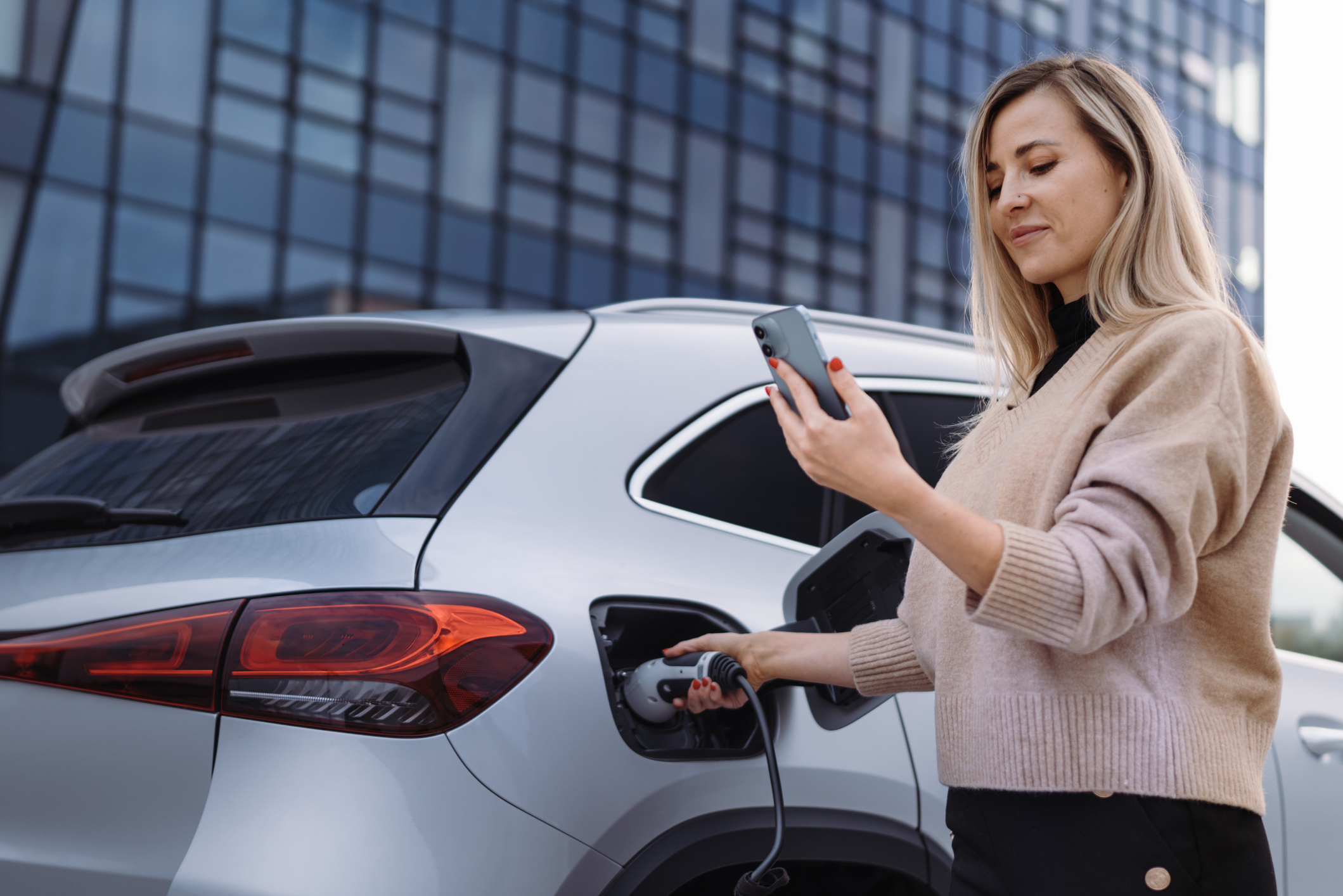Where to invest in the metals that will engineer the energy transition
A professional investor tells us where he’d put his money. This week: John Ciampaglia, manager of the Sprott Energy Transition Materials UCITS ETF.


Sprott has specialised in the metals and mining sector for decades. The Sprott Energy Transition Materials UCITS ETF focuses on eight critical minerals that are essential to the generation, transmission, and storage of clean energy. We apply a rigorous investment-screening process to select the pure-plays well positioned to benefit from the increased investment in the critical minerals necessary for the clean-energy transition. These three companies are at the epicentre of the clean-energy movement.
Driving the EV revolution
Lithium is synonymous with electric-vehicle (EV) batteries, and Sociedad Quimica y Minera de Chile SA (NYSE: SQM) is the second-largest producer of this critical mineral. Being based in Chile, SQM has exclusive access to the world’s largest and highest-known concentration of lithium-rich brines. The group expects to produce about 180,000 metric tons of lithium carbonate in 2023, with plans to increase refining capacity of lithium carbonate and lithium hydroxide in the coming years.
With a market capitalisation of more than $19bn, SQM has considerable resources and expects to expand its refining capacity. Record-high lithium prices in the autumn of 2022 caused users to draw down existing supplies of lithium rather than purchase additional material at inflated prices, lowering sales in the short term. Demand for restocking and rising prices in the early part of 2023 is expected to contribute to a strong second half of the year.
MoneyWeek
Subscribe to MoneyWeek today and get your first six magazine issues absolutely FREE

Sign up to Money Morning
Don't miss the latest investment and personal finances news, market analysis, plus money-saving tips with our free twice-daily newsletter
Don't miss the latest investment and personal finances news, market analysis, plus money-saving tips with our free twice-daily newsletter
Copper leads the charge
Given its ability to conduct electricity efficiently, copper plays a central role in energy transmission and EVs. Producing more than 4.2 billion pounds of copper in 2022, Freeport-McMoRan (NYSE: FCX) is the largest publicly traded miner of this critical mineral in the world, boasting copper reserves in Indonesia and North and South America. Thanks largely to the energy transition, demand for copper may double between 2022 and 2035. FCX is already well positioned to meet the world’s growing need for copper, having copper reserves of 111 billion pounds, but it also intends to increase production.
Freeport’s copper resources – which include reserves, discovered deposits and undiscovered deposits based on geological surveys – amount to an estimated 235 billion pounds. Accessing these vast reserves in a sustainable way is a priority for Freeport. It implements the sustainable development framework created by the International Council on Mining and Metals (of which FCX is a founding member).
The boom in battery technology
EV makers are continually searching for new battery technologies that can lower costs and increase cars’ range. Increasing the proportion of nickel in lithium-ion batteries to as much as 80% has helped meet both goals. The A$11bn (£6bn) Australia-based explorer and miner IGO Limited (Sydney: IGO) is a leading supplier of nickel.
In addition to its three nickel-copper-cobalt operations in Western Australia, IGO has nearly a dozen more exploration projects and two lithium-producing assets in the battery metals-rich country. Over the last several years, IGO has invested heavily to ensure the company’s future growth and enable it to capitalise on the growing demand for critical battery minerals.
Get the latest financial news, insights and expert analysis from our award-winning MoneyWeek team, to help you understand what really matters when it comes to your finances.
Nic studied for a BA in journalism at Cardiff University, and has an MA in magazine journalism from City University. She has previously worked for MoneyWeek.
-
 Investors will reap long-term rewards from UK equities
Investors will reap long-term rewards from UK equitiesOpinion Nick Train, portfolio manager, Finsbury Growth & Income Trust, highlights three UK equities where he’d put his money
-
 The graphene revolution is progressing slowly but surely
The graphene revolution is progressing slowly but surelyEnthusiasts thought the discovery that graphene, a form of carbon, could be extracted from graphite would change the world. They might've been early, not wrong.
-
 Halifax: House price slump continues as prices slide for the sixth consecutive month
Halifax: House price slump continues as prices slide for the sixth consecutive monthUK house prices fell again in September as buyers returned, but the slowdown was not as fast as anticipated, latest Halifax data shows. Where are house prices falling the most?
-
 Rents hit a record high - but is the opportunity for buy-to-let investors still strong?
Rents hit a record high - but is the opportunity for buy-to-let investors still strong?UK rent prices have hit a record high with the average hitting over £1,200 a month says Rightmove. Are there still opportunities in buy-to-let?
-
 Pension savers turn to gold investments
Pension savers turn to gold investmentsInvestors are racing to buy gold to protect their pensions from a stock market correction and high inflation, experts say
-
 Where to find the best returns from student accommodation
Where to find the best returns from student accommodationStudent accommodation can be a lucrative investment if you know where to look.
-
 The world’s best bargain stocks
The world’s best bargain stocksSearching for bargain stocks with Alec Cutler of the Orbis Global Balanced Fund, who tells Andrew Van Sickle which sectors are being overlooked.
-
 Revealed: the cheapest cities to own a home in Britain
Revealed: the cheapest cities to own a home in BritainNew research reveals the cheapest cities to own a home, taking account of mortgage payments, utility bills and council tax
-
 UK recession: How to protect your portfolio
UK recession: How to protect your portfolioAs the UK recession is confirmed, we look at ways to protect your wealth.
-
 Buy-to-let returns fall 59% amid higher mortgage rates
Buy-to-let returns fall 59% amid higher mortgage ratesBuy-to-let returns are slumping as the cost of borrowing spirals.
